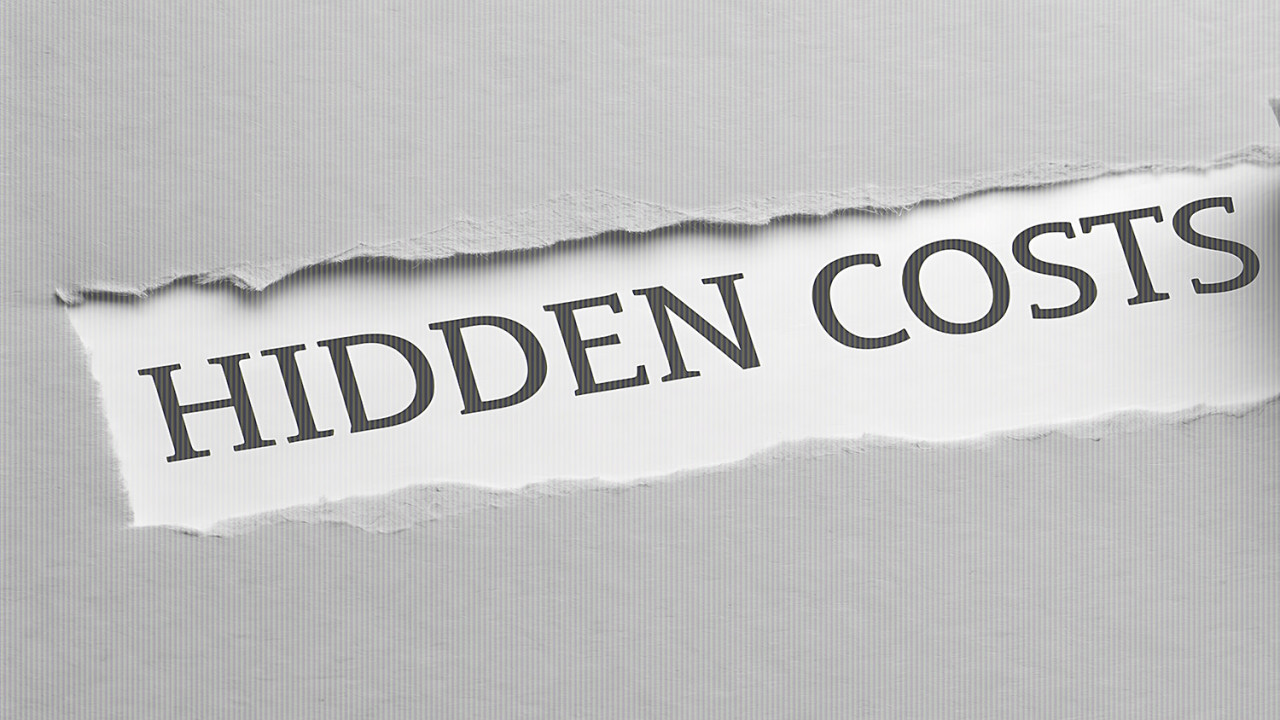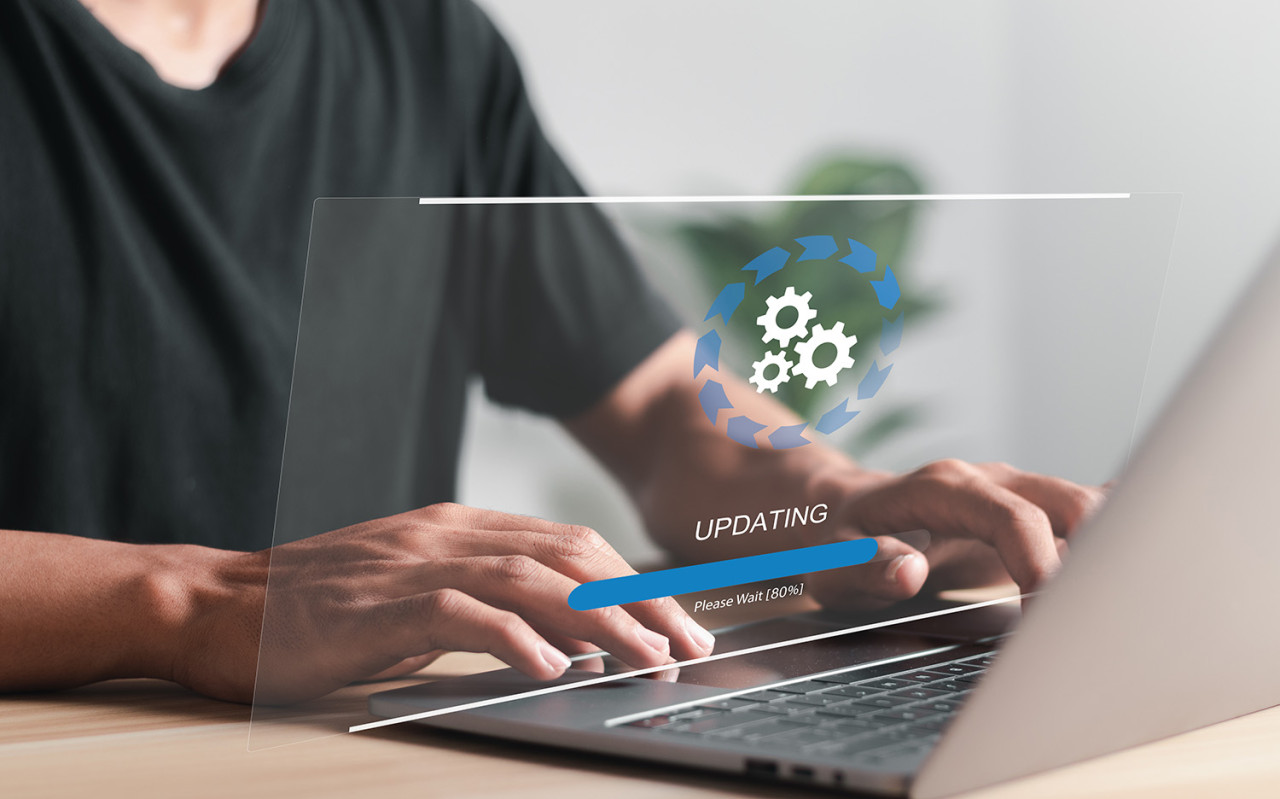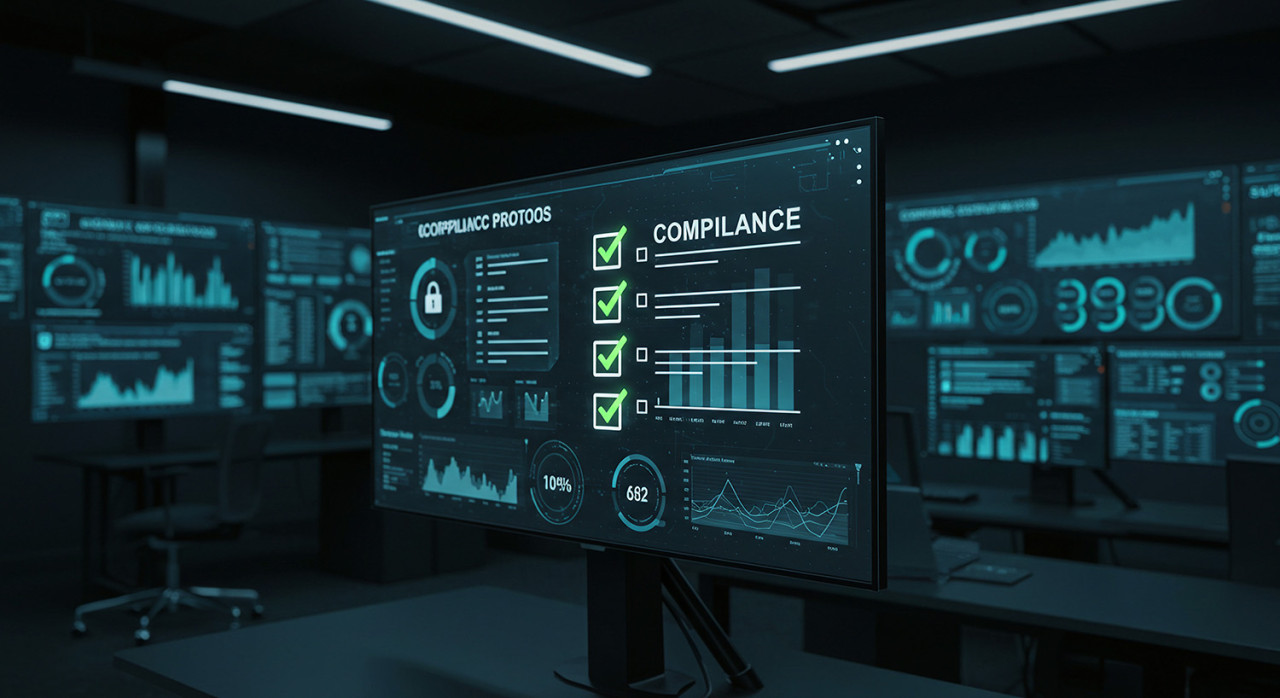Planning your 2026 IT budget can feel overwhelming—especially for SMBs in Nashville. You want to reduce spending without sacrificing security or performance. Smart SMBs are doing both—cutting waste while improving tech. The key is knowing exactly where to trim and where to invest.
Use this checklist to pressure-test your plan before Q4 turns into a scramble.
Are Last-Minute IT Decisions Quietly Inflating Your 2026 IT Budget?
December rush purchases rarely align with real needs. You may overspend on gear you don’t need or cut the services that prevent downtime.
Quick fix: Create a simple IT roadmap now so purchases map to business goals, not year-end panic.
Should You Keep Buying Hardware—or Go Cloud-First in 2026?
Traditional IT requires large upfront server and license costs. A cloud-first approach lowers entry costs, converts capital expenditures (Capex) to predictable operating expenditures (Opex), and includes automatic updates and maintenance.
Quick fix: Prioritize workloads with the best cloud ROI (email, file storage, collaboration) before big hardware buys.
Where Can You Cut IT Costs Without Increasing Risk?
Safe cuts: unused software, outdated hardware, duplicate vendors, and over-provisioned cloud resources.
Risky cuts: security monitoring, backups/DR, proactive maintenance, and user security training.
Quick fix: Run a quarterly license audit and right-size cloud/storage to actual usage.
How Do Managed IT Services Save Money on a 2026 IT Budget?
MSPs lower total cost by preventing emergencies, bundling services at better rates, right-sizing environments, and providing affordable security coverage without full-time headcount.
Quick fix: Compare fixed-fee managed services to your last 12 months of reactive invoices and downtime.
Are You Optimizing Cloud Spend—or Paying for Capacity You Don’t Use?
Many SMBs overspend in the cloud due to idle resources, unused storage, and a lack of autoscaling.
Quick fix: Review usage monthly, enable autoscaling, and clean up orphaned storage and accounts.
How Can You Maximize ROI While Cutting Costs in 2026?
Invest in tools that reduce tickets and speed delivery: automation, scalable cloud services, strong security controls, and managed services to offload routine work.
Start Your 2026 IT Budget the Smart Way
Ready to cut costs without adding risk? First, get visibility. Our complimentary Hidden Business Expense Calculator shows where spending leaks—so you can reallocate toward growth and resilience.
We proudly support businesses across Nashville and the surrounding areas. If managing IT costs is on your mind, you don’t have to figure it out alone. Reach out, and let’s explore a few smart ways to get your budget under control.
FAQ
Q: Why do budgets blow up at year-end?
A: Rushed purchases, price hikes, and inventory shortages.
Q: What’s a quick win for cloud savings?
A: Enable autoscaling and remove idle storage and accounts.
Q: How often should we review tech spend?
A: Quarterly reviews with a deeper Q4 check.
Q: Do managed services lower total cost?
A: Yes—prevention beats emergency bills and downtime.
Q: Who offers co-managed IT near me?
A: Look for MSPs that augment internal IT. Coretech serves Bowling Green, KY, and Nashville, TN.




















